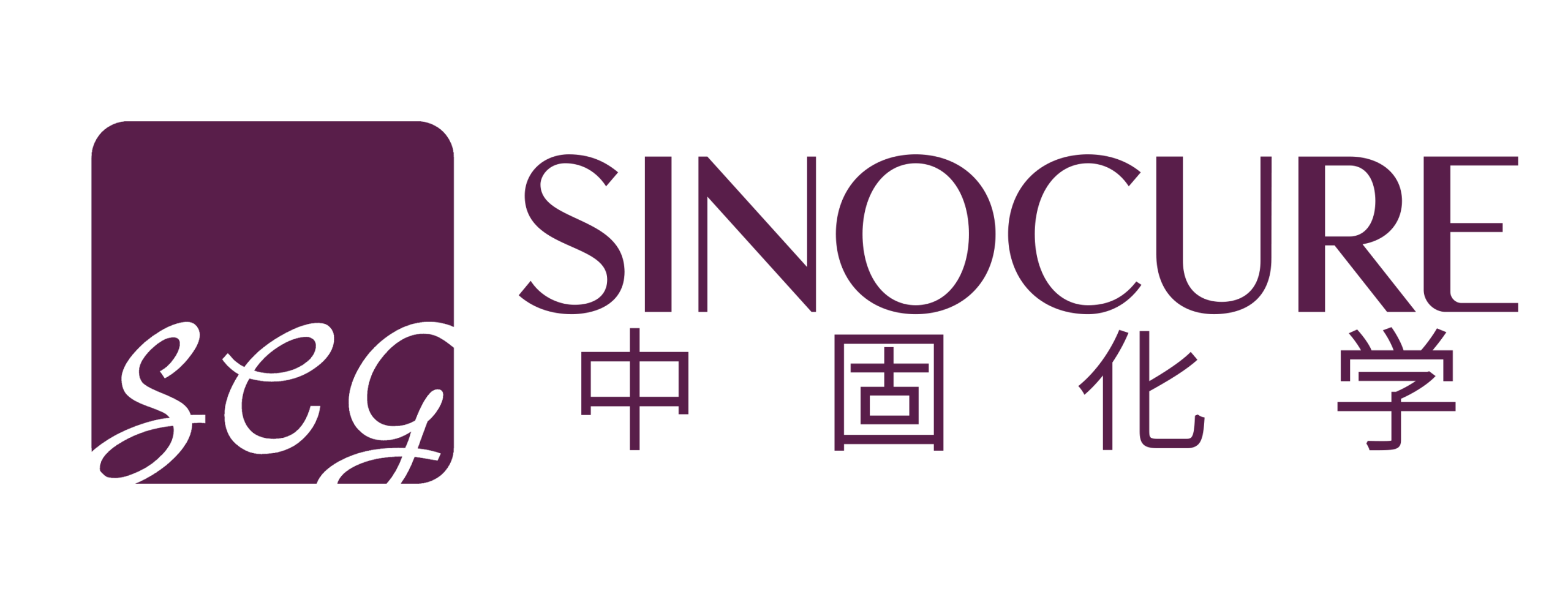Description
(+)-Longifolene, CAS 475-20-7, is a naturally occurring tricyclic sesquiterpene hydrocarbon. It is primarily found in the essential oils of various pine species, notably Pinus longifolia (Chir pine), from which it derives its name, as well as other coniferous resins and some other plants. Characterized by a unique bridged carbocyclic structure, (+)-Longifolene is recognized for its characteristic woody, pine-like, and somewhat sweet aroma. This olfactory profile makes it a valuable ingredient in the fragrance and flavor industry. Beyond its aromatic uses, (+)-Longifolene also serves as an important chiral building block and starting material in organic synthesis for the creation of more complex molecules and other aroma chemicals.
Properties
Property Value CAS Number 475-20-7 Chemical Name (+)-Longifolene; (1R,2S,7S,9S)-3,3,7-Trimethyl-9-methylenetricyclo[5.4.0.0^{2,9}]undecane Molecular Formula C15H24 Molecular Weight 204.35 g/mol Appearance Colorless to pale yellow oily liquid Odor Woody, pine-like, resinous, slightly sweet Boiling Point Approximately 254−256∘C (around 120−125∘C at 10 mmHg) Density Approximately 0.928 – 0.935 g/mL at 20∘C or 25∘C Refractive Index Approximately 1.500 – 1.505 at 20∘C Optical Rotation Typically +30° to +50° (varies with concentration and solvent; signifies the dextrorotatory isomer) Solubility Soluble in ethanol and most organic solvents; insoluble in water. Purity Often available in various grades, including high purity (e.g., >95%, >98%) for synthesis or fragrance use. Stability Reasonably stable under normal storage conditions, though should be protected from air and light. Usage
(+)-Longifolene has several key applications, primarily driven by its aromatic properties and chemical structure:
- Fragrance and Perfumery: It is used as an aroma ingredient in perfumes, colognes, soaps, detergents, and other scented household products to impart woody, piney, and resinous notes.
- Example: A component in fine fragrances to add depth and a natural forest-like character.
- Flavor Industry: Occasionally used in trace amounts to contribute specific woody or pine notes to certain flavor compositions.
- Example: May be found in some beverage or confectionary flavorings.
- Organic Synthesis: Serves as a valuable chiral starting material or intermediate for the synthesis of other sesquiterpenoids, derivatives with potentially different aroma profiles, or more complex biologically active molecules. Its unique tricyclic structure makes it an interesting scaffold for chemical modifications.
- Example: Used in research and development for creating novel fragrance compounds or pharmaceutical intermediates.
- Chemical Research: Utilized in studies related to terpene chemistry, natural product synthesis, and olfactory receptor interactions.
Contact Us Now!
If you need MSDS,TDS or sample testing, please email us at pharm@sinocurechem.com or use the website live chat to get prompt reply.
- +86 13345119692
- +86 15550440621
- pharm@sinocurechem.com
